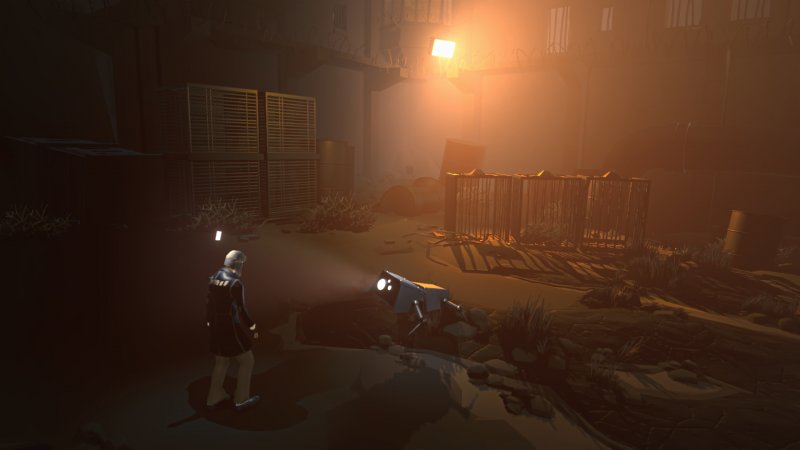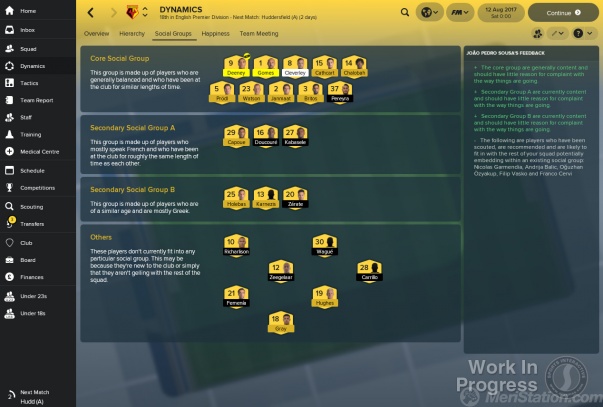No more oriental dungeons to explore, but an organic action adventure able to tell a story even in the absence of long narrative sequences, characterized by highly animated characters as visually stylized. As often happens, those that at the time were chosen because of technical limitations, turned into a real style, in a sense reneged by Chahi himself with Heart of
Darkness, in which the protagonist was well defined in appearance , a title of little success not to be confused with the ugly following apocryphal of Another World, Heart of the Alien. But let’s not go too far and make a long jump until 2010, when Limbo of Playdead raises the
indie market, reviving the genre commercially, obscured in the years by the empire of 3D, despite many elements had survived influencing authors of great fame as Fumito Ueda (iCO, Shadow of the Colossus),
Considered in its original form, it had now become the prerogative of a few enthusiasts who over the years had been playing sad and lonely with minute and semi-unknown titles like OnEscapee, or had to fall back on more modern products able at least to evoke the atmosphere at Another World example Outcast), at least until the aforementioned Limbo, which was followed in 2016 Inside, and that in the meantime has conceived countless children out of the wedding bed as Little
Nightmares, Silence of the Sleep, Detention and others. In an era of increasingly elaborate, standardized and impersonal gaming services, the “Limbo games” have become synonymous with stylistic sophistication and a return to an authorial vision of videogame, dedicated to a commercially prolific niche that has not completely surrendered to the compromises imposed by the mass market.
BEFORE INSIDE?
Without any shyness, Black the Fall immediately stretches the hand to the Limbo and Inside type player (actually it came out much earlier than the latter in Early Access, but the troubled development has delayed its publication).
Begin without giving any explanation, with the player called to learn the few functions of the control system by experimenting in the field:you jump, lower and interact with objects, at least until you get a laser pointer that allows you to remotely
control some electronic devices, including those on the backs of our “colleagues”. The protagonist is a slave worker of a prison factory where it is produced, no one knows what. In the first sequence we see him coming out of a cage full of his fellows and reaching his work station: a bicycle connected to an electric generator.
He must pedal to move some mining carts, but it is at that moment that he sees his way of salvation, the only one with a conscience / videogiocatore that guides him: a door remains open just long enough to make him sneak out. From there begins the escape from his jailers and the lethal factory security systems, looking for a way to the outside world.
Unlike Playdead, who loves the unsaid, Sand Sailor Studio immediately makes clear some fundamental elements of the scenario in which Black the Fall takes place: we find ourselves in an alternative future in which communism has somehow prospered.
To say: during the flight we will find ourselves in a room decorated with a sickle and hammer and some portraits of characters like Marx, Lenin and Stalin. In short, where Inside made us escape from a prototype regime, of which we could only partly understand nature by deciphering some signs left in the settings,
here we have a precise definition of who our oppressor is, a definition that delimits the interpretation of all the other elements, including the final. Of course, not everything is clarified to the end, but let’s say that knowing the name of the enemy makes the whole adventure in a way more tangible.


